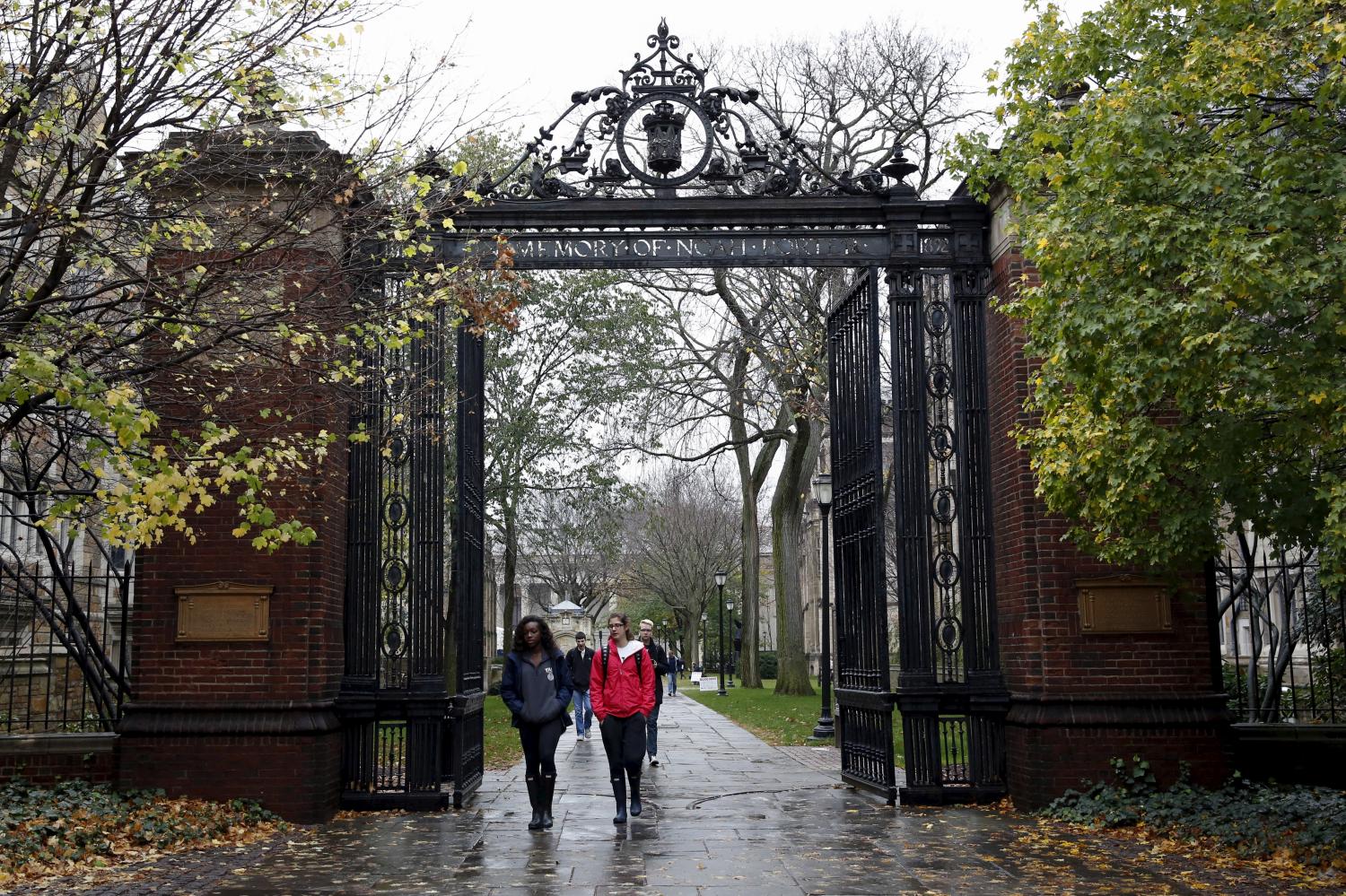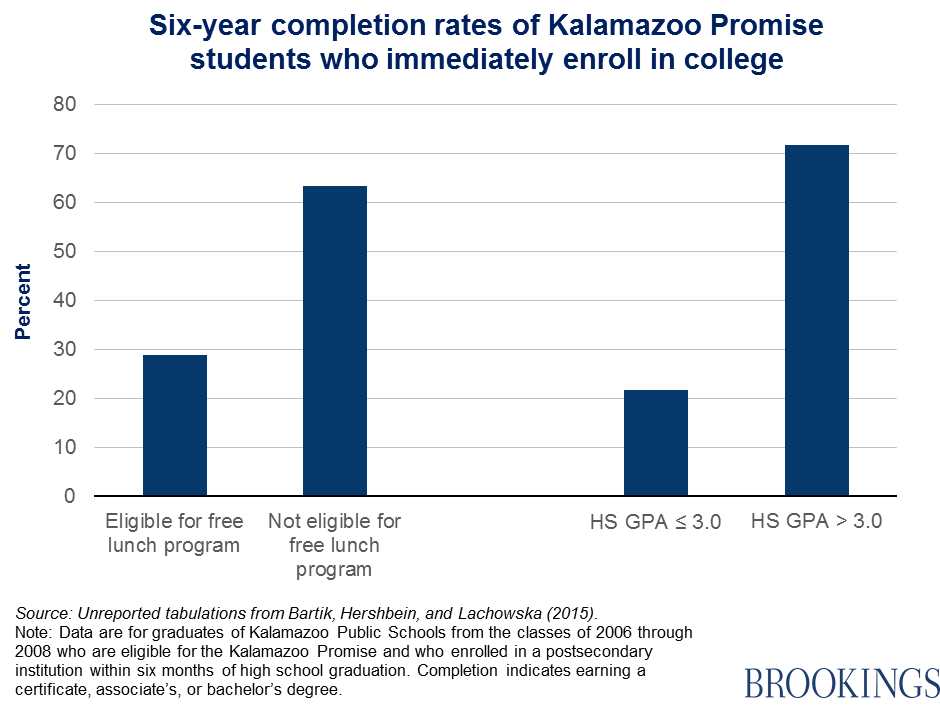The movement for “free college”—at least at the two-year level—continues to build (see Sara Goldrick-Rab’s piece in this series). Hopes are high that free college would mean that more students, especially those from lower-income families, would attend and complete programs that help them get better jobs and improve social mobility. But will they? The short answer: these efforts may help a little, but much more than just free tuition is needed.
The power of free
Need-based financial aid boosts enrollment. It also helps more students to finish their degrees faster. What’s more, the promise of free college yields bigger benefits for lower-income students and traditionally underserved ethnic minorities. Many of the studies so far have focused on 4-year colleges and bachelor’s degrees, but evidence suggests that reducing the price at community colleges can also lead to more students obtaining college credit, associate’s degrees, and, ultimately, bachelor’s degrees, too. Many of these effects seem to rely on the simplicity of signing up for, and getting, financial aid.
No silver bullet
But challenges remain. Generous scholarships can, in some cases, push the share of high school graduates enrolling in college above 90 percent. But not all of these people will finish. Take students benefiting from the nearly full tuition scholarship of the Kalamazoo Promise in southwest Michigan. Six-year completion rates (among those who enroll within six months of high school graduation) still vary greatly by academic preparation and family income:
The barriers to completion extend far beyond a lack of money to pay for college. In addition to poor academic preparation of students, scholars point to insufficient resources at the college level—students cannot always get into required classes and they forget certain deadlines when they have no one to help them. Poorer students are also disproportionately affected by family and other obligations. Indeed, these issues often become more salient when the initial hurdle of money for tuition is lowered, and students who otherwise may never have even applied enroll in college.
Mentors as well as money
Additional services to help students are likely to be necessary to bolster the impact of additional financial aid or “free college.” Thanks to a $3.2 million federal grant, the new Broncos First program at Western Michigan University, where roughly one-third of Kalamazoo Promise students enroll, now aims to provide services found to be effective in promoting college success for low-income and first-generation students, including mentoring and learning communities.
Because some students in this program will qualify for the Kalamazoo Promise scholarship and others will not, researchers will be able to determine how much Promise money can do to boost college completion, how much the support services can do, and—crucially—how much both can do together.
Next up: Stuart Butler on rethinking college.
The Brookings Institution is committed to quality, independence, and impact.
We are supported by a diverse array of funders. In line with our values and policies, each Brookings publication represents the sole views of its author(s).






Commentary
College completion: Not just about the money
October 21, 2015